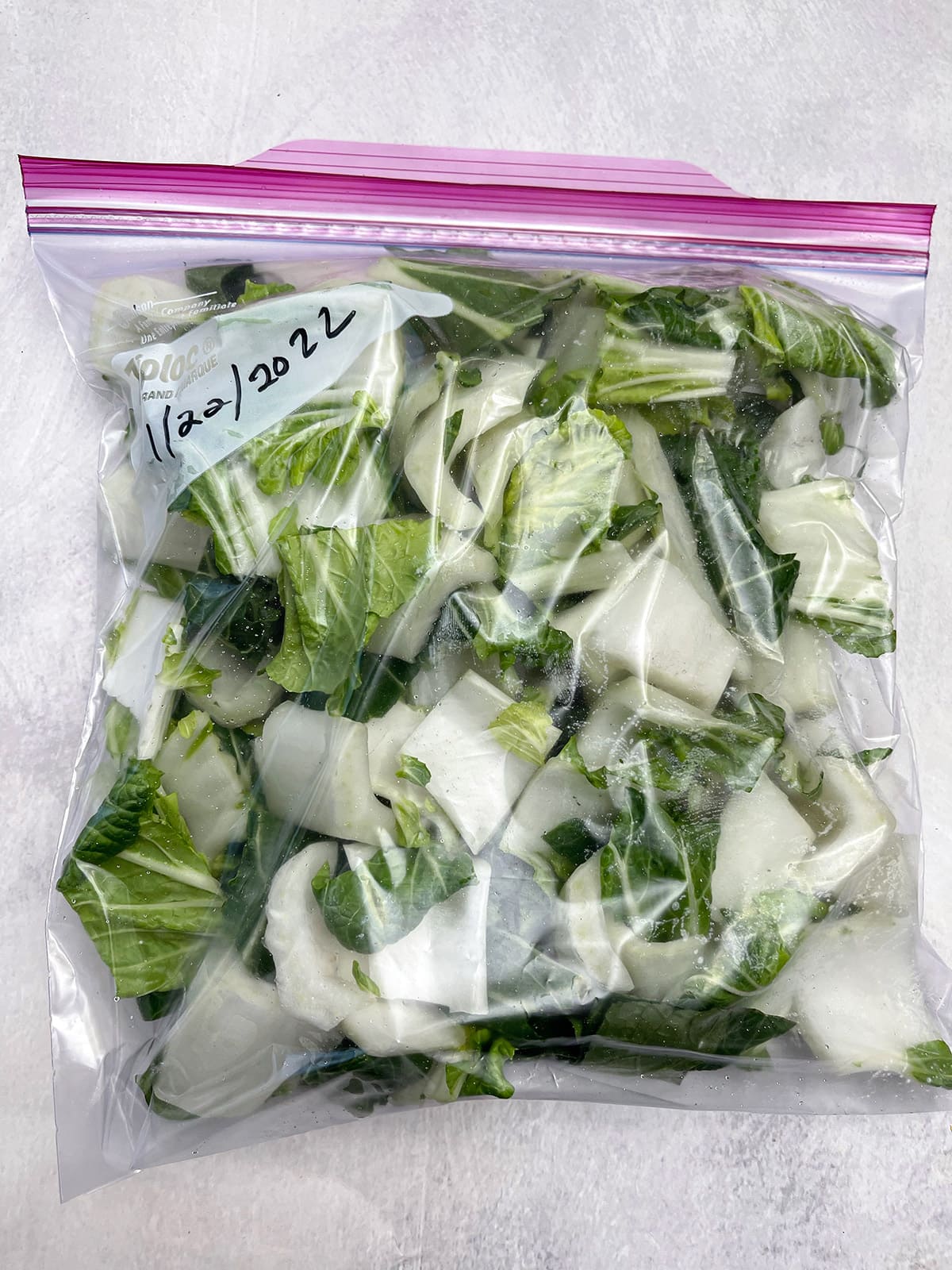

Articles
How To Store Bok Choy
Modified: December 7, 2023
Learn the best methods for storing bok choy and keeping it fresh with our expert articles. Discover valuable tips and tricks for maximizing its shelf life and maintaining its crispness.
(Many of the links in this article redirect to a specific reviewed product. Your purchase of these products through affiliate links helps to generate commission for Storables.com, at no extra cost. Learn more)
Introduction
Bok choy, also known as Chinese cabbage, is a nutritious leafy green vegetable that is widely used in Asian cuisine. Its crisp texture, mild flavor, and versatility make it a popular ingredient in stir-fries, soups, and salads. If you’ve picked up some fresh bok choy from the market or grown it in your own garden, you might be wondering how to store it properly to maintain its freshness and quality. In this article, we will guide you through the steps of storing bok choy to ensure that it stays crisp and flavorful for as long as possible.
Key Takeaways:
- Keep bok choy fresh by storing it in the refrigerator with a damp paper towel to maintain moisture. Regularly check for wilted leaves to prevent spoilage and enjoy its crispness for up to a week.
- Extend the shelf life of bok choy by freezing it after blanching. Properly package in freezer-safe containers and label with the date for convenient use up to 6-8 months later.
Read more: How Long For Bok Choy To Germinate
Understanding Bok Choy
Before we delve into the storage methods, it’s important to understand the characteristics of bok choy to better appreciate its storage needs. Bok choy belongs to the brassica family, which includes other cruciferous vegetables like kale, broccoli, and cabbage. It has thick, white stalks and dark green leaves that are packed with nutrients.
Bok choy is rich in vitamins A, C, and K, as well as minerals such as calcium and potassium. It also contains antioxidants that help boost the immune system and reduce inflammation in the body. It’s no wonder that bok choy is considered a superfood!
When selecting bok choy, look for fresh, crisp leaves and firm stalks. Avoid bok choy with yellowing or wilting leaves, as this indicates that it may be past its prime. The size of the bok choy can vary, but both baby bok choy and mature bok choy are equally delicious and nutritious.
Now that you’re familiar with bok choy and its nutritional benefits, let’s move on to the next step: selecting fresh bok choy for storage.
Selecting Fresh Bok Choy
When it comes to storing bok choy, starting with fresh and high-quality produce is essential. Here are some tips for selecting the best bok choy:
- Look for bok choy with vibrant green leaves and crisp stalks. The leaves should be free from any wilting or yellowing.
- Avoid bok choy with brown spots or bruises, as this can indicate that it’s not fresh.
- Choose bok choy with firm stalks and a crunchy texture. The stalks should have a slight moisture content without being overly wet.
- If possible, opt for bok choy that still has the root attached. This ensures that it’s as fresh as possible.
Remember that the quality of bok choy will greatly affect its shelf life. By selecting fresh bok choy, you’ll have a better chance of it staying crisp and flavorful for an extended period.
Now that you know how to choose the best bok choy, let’s move on to the next step: preparing it for storage.
Preparing Bok Choy for Storage
Before storing bok choy, it’s important to properly prepare it to maximize its freshness and minimize the risk of spoilage. Here’s how to prepare bok choy for storage:
- Start by sorting through your bok choy and removing any damaged or wilted leaves. These leaves can spoil quickly and affect the rest of the bok choy.
- Next, rinse the bok choy thoroughly under cold running water to remove any dirt or debris. Gently pat it dry with a clean towel or use a salad spinner to remove excess moisture.
- If your bok choy has long stalks, you can trim off the ends. This will make it easier to store and also ensure that the cut ends don’t become mushy or slimy.
- Once you’ve trimmed and cleaned the bok choy, you can choose to separate the stalks if they are large or keep them intact if they are small. Keeping them intact can help preserve their freshness for a longer time.
By taking these simple preparation steps, you’re setting yourself up for successful bok choy storage. Now that the bok choy is ready, let’s move on to the different storage methods available.
Store bok choy in the crisper drawer of the refrigerator, wrapped in a damp paper towel and placed in a plastic bag. This will help keep it fresh for up to a week.
Storing Bok Choy in the Refrigerator
The refrigerator is the ideal place to store bok choy to extend its shelf life and keep it fresh. Follow these steps to store bok choy in the refrigerator:
- Wrap the bok choy in a damp paper towel or place it in a perforated plastic bag. This helps to maintain the proper moisture level while allowing for proper airflow.
- If you have a vegetable drawer in your refrigerator, place the wrapped bok choy in the drawer. This will help protect it from any temperature fluctuations.
- Avoid storing bok choy near fruits that produce ethylene, such as apples or bananas. Ethylene can speed up the ripening process and cause the bok choy to spoil faster.
- Check the bok choy periodically and remove any wilted or spoiled leaves. This will help prevent mold or decay from spreading to the rest of the bok choy.
By following these storage steps and maintaining the appropriate conditions, bok choy can stay fresh in the refrigerator for up to a week. Now that you know how to store bok choy in the refrigerator, let’s explore another storage method: freezing.
Read more: How To Plant Bok Choy Seeds
Freezing Bok Choy
If you have an abundance of bok choy and want to extend its shelf life even further, freezing is a great option. Freezing bok choy allows you to enjoy this nutritious vegetable long after its peak season. Here’s how to freeze bok choy:
- Start by blanching the bok choy. Blanching helps to preserve the flavor, texture, and color of the vegetable. Bring a pot of water to a boil and prepare a bowl of ice water.
- Thoroughly wash the bok choy under cold running water and cut it into desired sizes. Remove any tough or fibrous stems.
- Add the bok choy to the boiling water and blanch it for 1-2 minutes. This short cooking time will help retain its crispness and nutrients.
- Immediately transfer the blanched bok choy to the bowl of ice water to stop the cooking process. Let it cool for a few minutes.
- Drain the bok choy well and pat it dry with a clean towel to remove excess moisture. You can also use a salad spinner to speed up the drying process.
- Place the blanched and dried bok choy into freezer-safe bags or airtight containers. Make sure to remove as much air as possible to prevent freezer burn.
- Label the bags or containers with the date and place them in the freezer.
Frozen bok choy can last for about 6-8 months in the freezer. When you’re ready to use it, simply remove the desired amount from the freezer and thaw it in the refrigerator before cooking. Freezing bok choy is a convenient way to enjoy this vegetable whenever you crave it.
Now that you know how to freeze bok choy, let’s explore another storage option: storing bok choy in the pantry.
Storing Bok Choy in the Pantry
While the refrigerator is the preferred method for storing bok choy, it is also possible to store it in the pantry under certain conditions. Here are some tips for storing bok choy in the pantry:
- Make sure that the pantry has a cool and dark environment with relatively stable temperatures. Bok choy is sensitive to heat and light, so finding a suitable spot is crucial.
- Wrap the bok choy in a damp paper towel or place it in a perforated plastic bag to maintain proper moisture levels. This will help prevent the bok choy from drying out.
- Choose a location in the pantry away from other fruits and vegetables, as they release ripening agents like ethylene gas, which can accelerate the spoilage of bok choy.
- Regularly check the bok choy for any signs of wilting or decay. Remove any damaged leaves promptly to prevent the spread of spoilage.
- Keep in mind that bok choy stored in the pantry has a shorter shelf life compared to refrigeration. It is recommended to use it within a few days.
Storing bok choy in the pantry is a viable option if you don’t have enough space in the refrigerator. However, it’s important to monitor it closely to prevent spoilage.
Now that you have learned about storing bok choy in different ways, let’s wrap up our discussion.
Conclusion
Properly storing bok choy is essential to maximize its freshness and maintain its nutritional value. Whether you choose to store it in the refrigerator, freezer, or pantry, following the correct methods will help you enjoy bok choy for a longer time. Here’s a quick recap of what we’ve covered:
Understanding bok choy: Bok choy is a nutritious leafy green vegetable packed with vitamins and minerals. Selecting fresh bok choy with vibrant leaves and firm stalks is crucial for optimal storage.
Preparing bok choy for storage: Trim and clean the bok choy, removing any damaged leaves. Pat it dry and consider separating large stalks or keeping them intact.
Storing bok choy in the refrigerator: Wrap the bok choy in a damp paper towel or perforated plastic bag and place it in the vegetable drawer of your refrigerator. Check and remove any wilted leaves periodically.
Freezing bok choy: Blanch the bok choy before freezing to preserve its texture and flavor. Properly package it in freezer-safe containers or bags to avoid freezer burn.
Storing bok choy in the pantry: Ensure a cool, dark, and relatively stable environment in the pantry for bok choy storage. Wrap it in a damp paper towel or perforated plastic bag, and monitor it closely for any signs of spoilage.
By following these tips, you can prolong the shelf life of bok choy and enjoy its crispness and nutritional benefits even after weeks or months. Remember to regularly check on the stored bok choy and discard any spoiled or wilted leaves to maintain its freshness.
Now that you have the knowledge on how to store bok choy, you can confidently stock up on this versatile vegetable knowing that you can enjoy it whenever you want. So go ahead and make the most of your bok choy!
Frequently Asked Questions about How To Store Bok Choy
Was this page helpful?
At Storables.com, we guarantee accurate and reliable information. Our content, validated by Expert Board Contributors, is crafted following stringent Editorial Policies. We're committed to providing you with well-researched, expert-backed insights for all your informational needs.


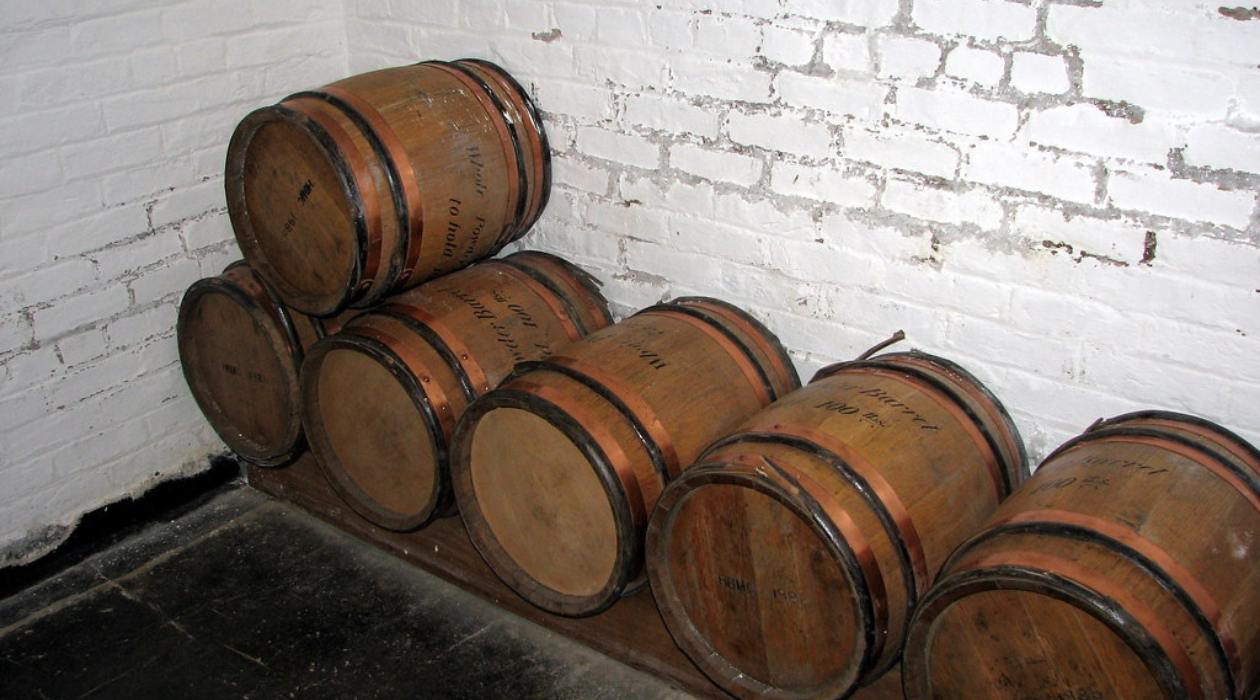




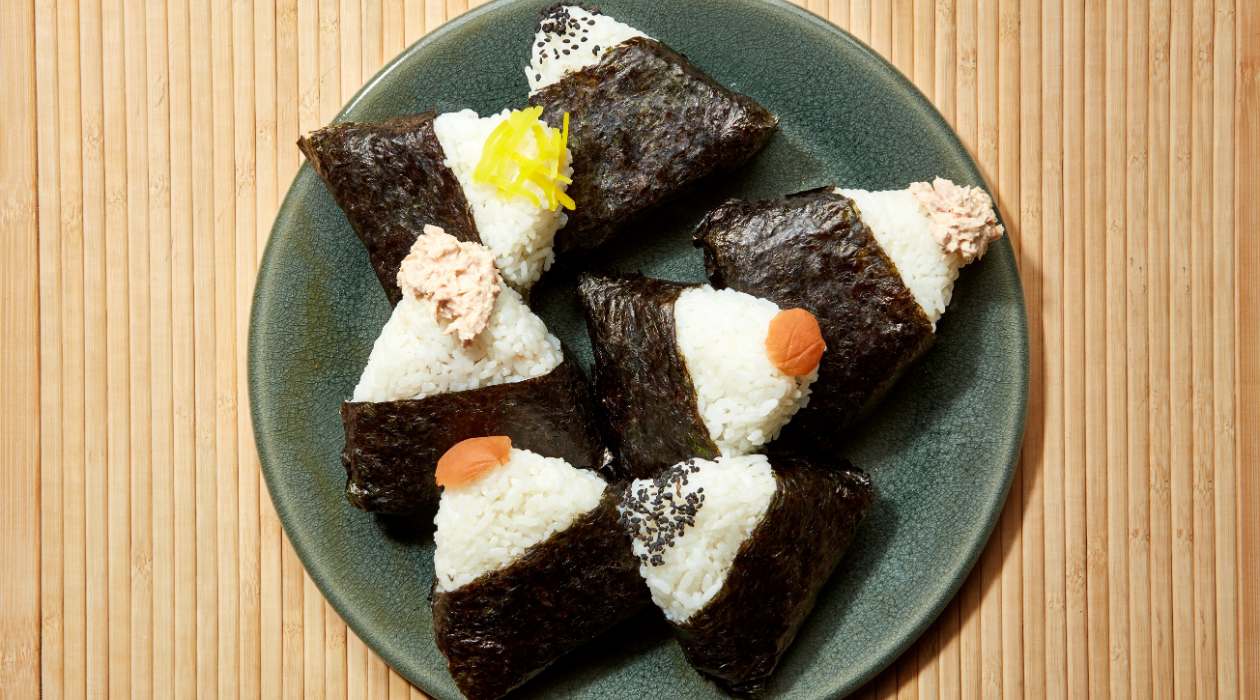

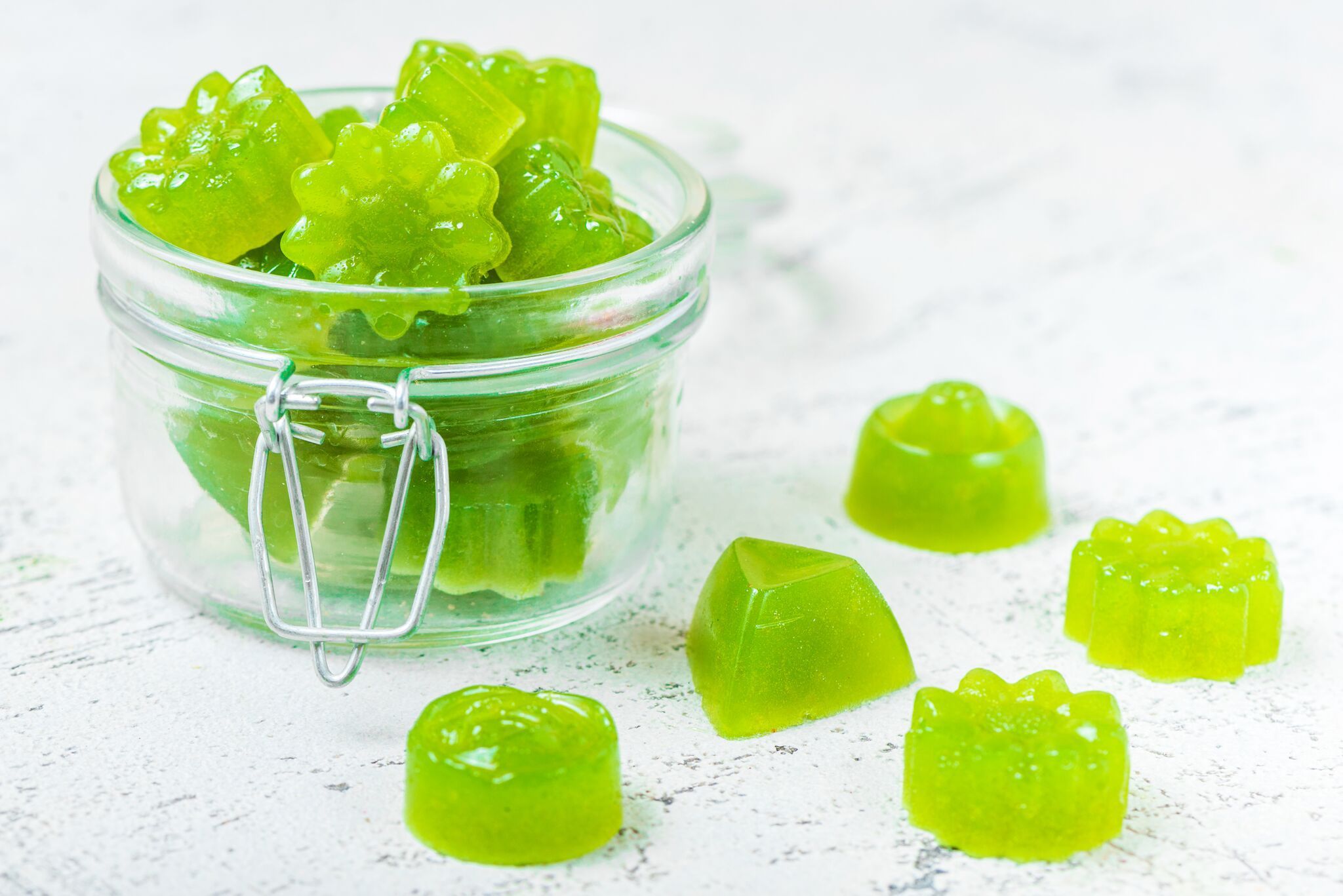

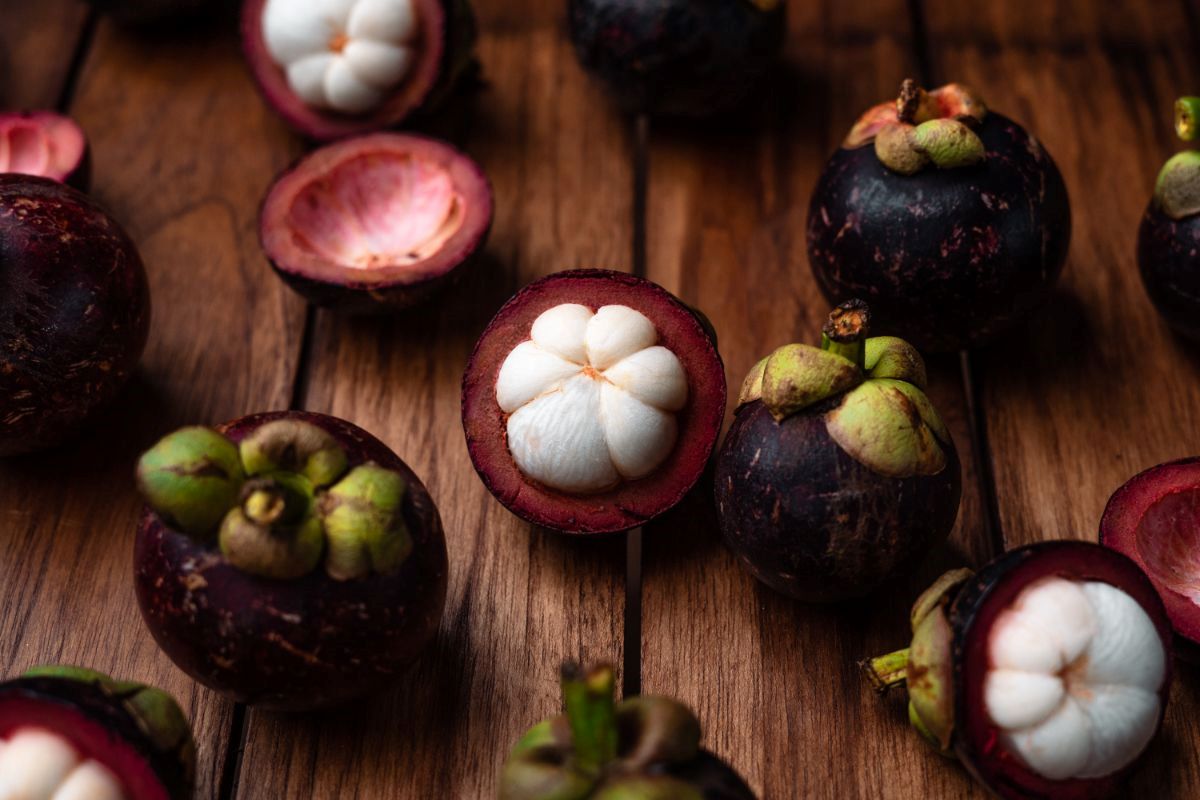
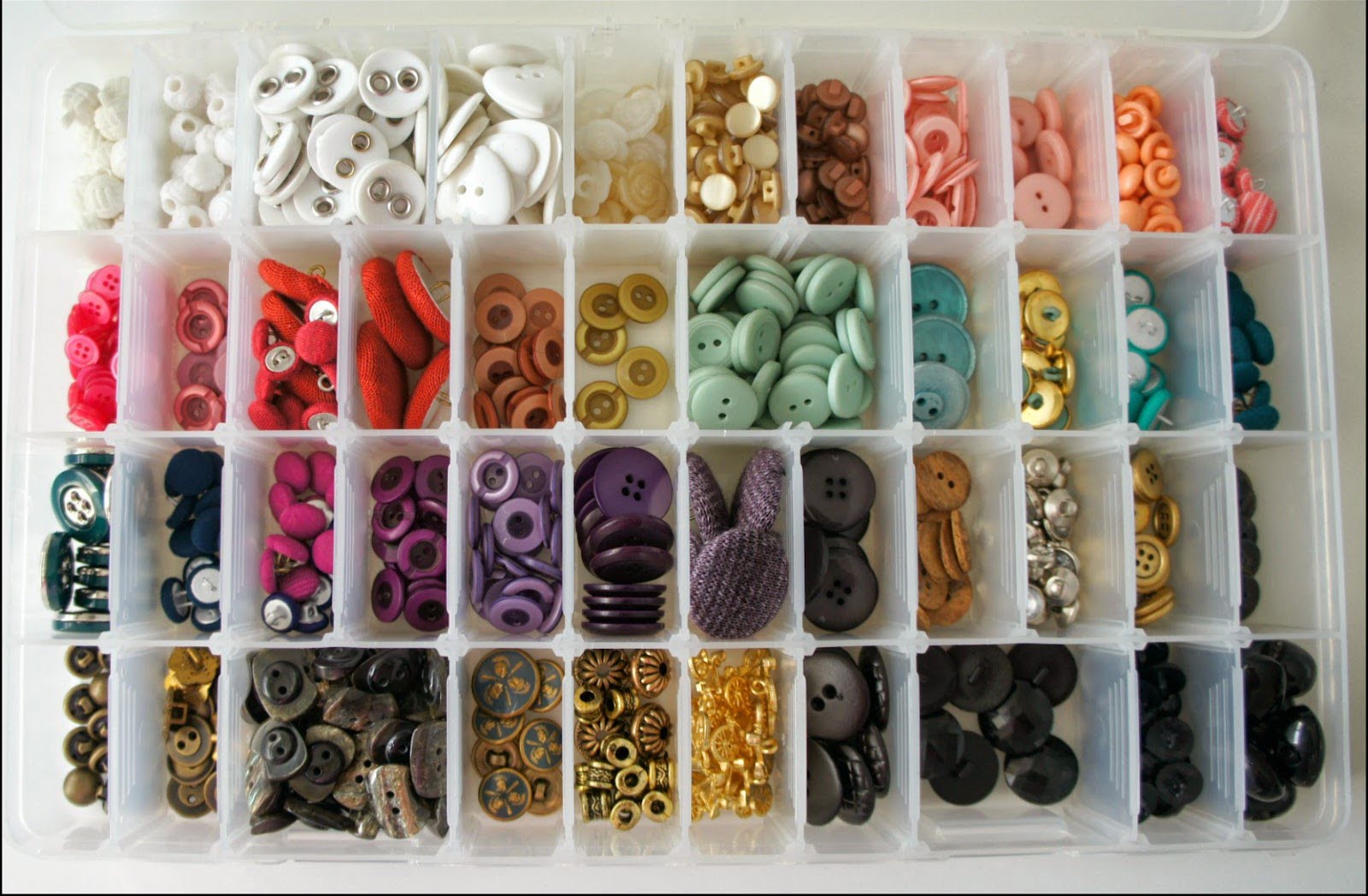


0 thoughts on “How To Store Bok Choy”